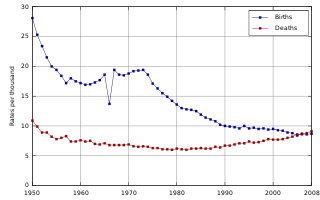 W
WAkabeko is a legendary cow from the Aizu region of Japan, who inspired a traditional toy. Aizu legend claims that the toys are based on a real cow used to build the Enzō-ji temple of Yanaizu in the ninth century.
 W
WFan death is the alleged death of humans as a result of running an electric fan in a closed room with unopened or no windows. While no reliable evidence supports the existence of fan death, belief in fan death persisted to the mid-2000s in South Korea, and also to a lesser extent in Japan.
 W
WIn Japanese culture, a hatsuyume is the first dream one has in the new year. Traditionally, the contents of such a dream would foretell the luck of the dreamer in the ensuing year. In Japan, the night of December 31 was often passed without sleeping, so the hatsuyume is often experienced during the night of January 1; the day after the night of the "first dream" is also known as the hatsuyume. This day is January 2 in the Gregorian calendar, but was different in the traditional Japanese calendar.
 W
WHinoe uma (Japanese) or bing wu is the 43rd combination of the sexagenary cycle. Due to a superstition that girls born in such a year will grow up to kill their husbands, birthrates in Japan tend to see a sharp decline.
 W
WThe maneki-neko is a common Japanese figurine which is often believed to bring good luck to the owner. In modern times, they are usually made of ceramic or plastic. The figurine depicts a cat, traditionally a calico Japanese Bobtail, with a paw raised in a Japanese beckoning gesture. The figurines are often displayed in shops, restaurants, pachinko parlors, dry cleaners, laundromats, bars, casinos, hotels, nightclubs, and other businesses, generally near the entrance. Some maneki-neko are equipped with a mechanical paw which slowly moves back and forth.
 W
WOkiagari-koboshi or Okiagari-kobōshi is a Japanese traditional doll. The toy is made from papier-mâché and is a roly-poly toy, designed so that its weight causes it to return to an upright position if it is knocked over. Okiagari-kobōshi is considered a good-luck charm and a symbol of perseverance and resilience.
 W
WOmamori are Japanese amulets commonly sold at Shinto shrines and Buddhist temples, dedicated to particular Shinto kami as well as Buddhist figures, and are said to provide various forms of luck or protection.
 W
WTaira no Masakado was a Heian period provincial magnate (gōzoku) and samurai based in eastern Japan, notable for leading the first recorded uprising against the central government in Kyōto.